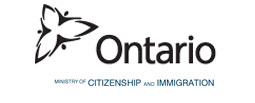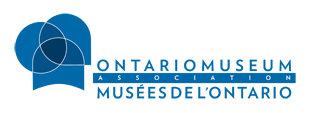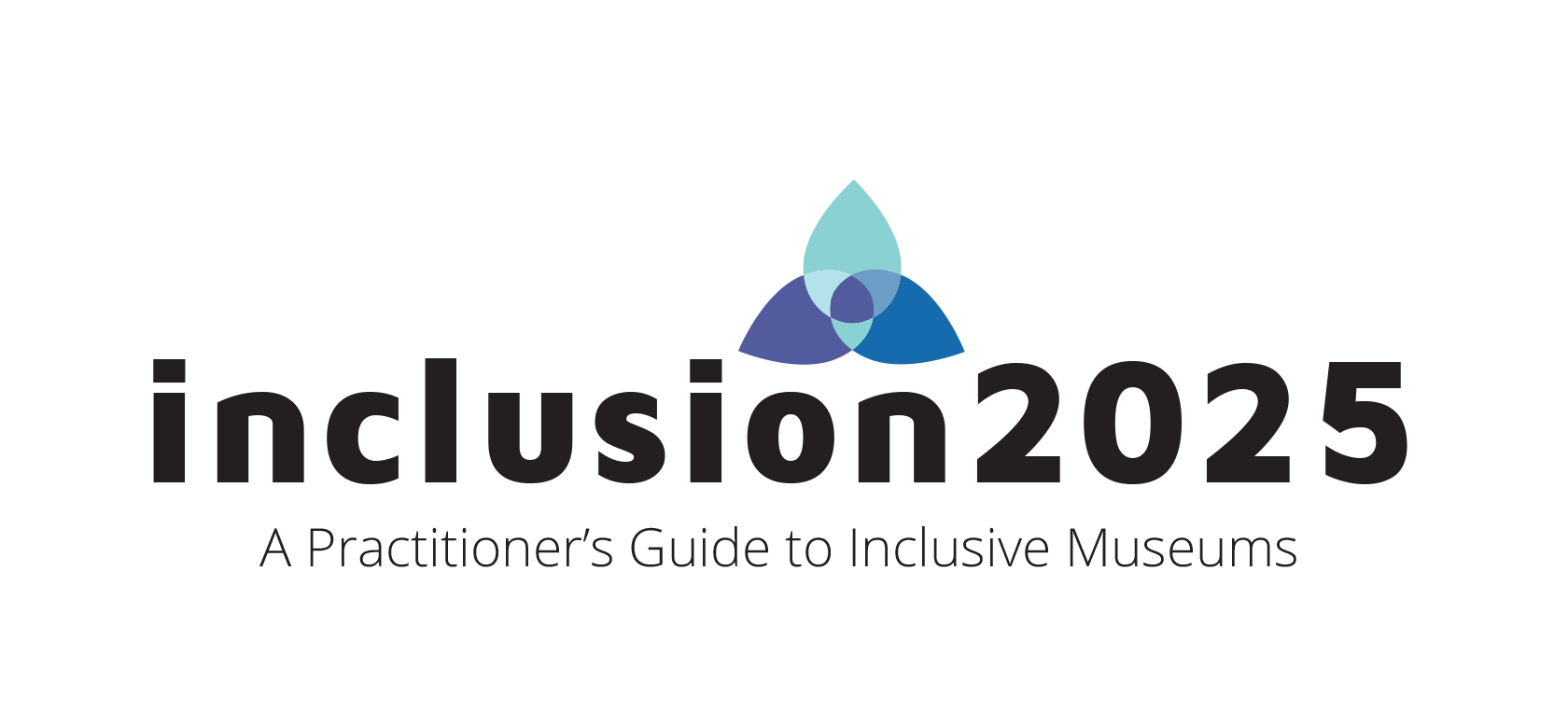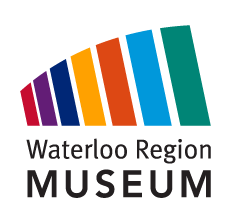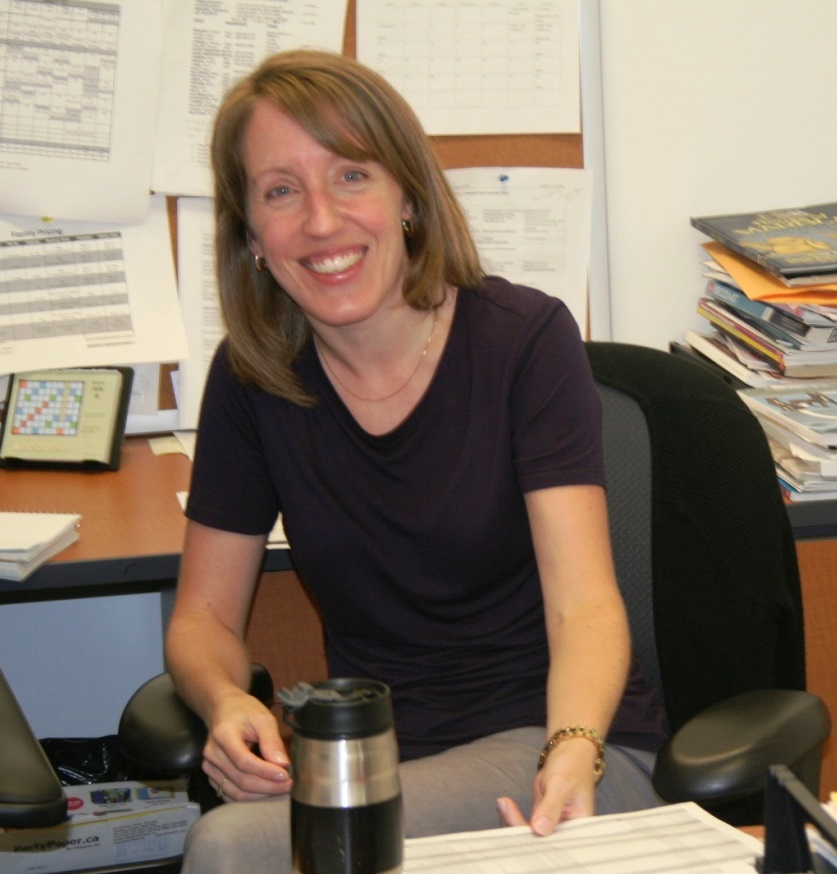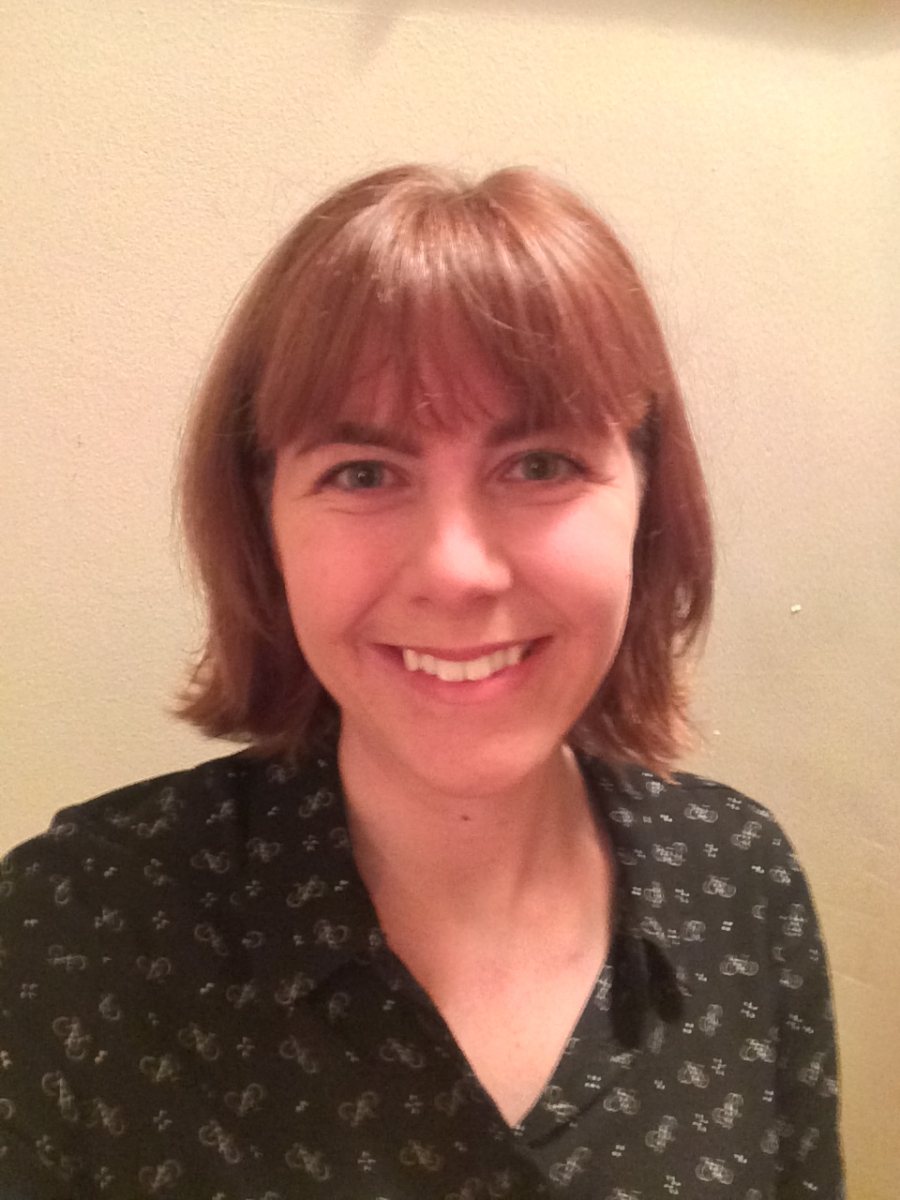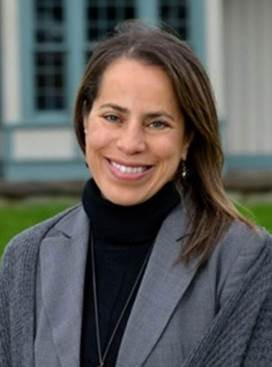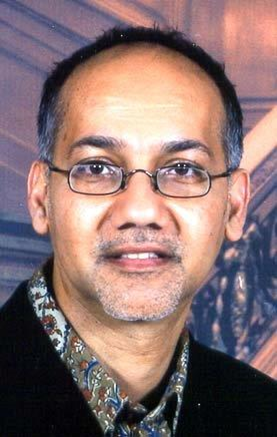Inclusion in Action Case Study: Waterloo Region Museum
Interpretation and Education
Waterloo Region Museum
| Preamble | Our Story | Learnings | Moving Forward |
| Acknowledgements | Contributors | Resources | Dig Deeper |
The Waterloo Region Museum is the largest community museum in Ontario. Our main gallery tells the story of Waterloo Region from 12,000 years ago to today, and our feature gallery showcases local exhibits and travelling exhibits from around the world.
Doon Heritage Village is also a part of Waterloo Region Museum. It is a picturesque 60-acre living history village open seasonally from May 1 to December 22 that features historic buildings, period dressed interpreters, farm animals, and fun activities.
Collecting of local history artifacts in Waterloo Region predates the opening of Doon Pioneer Village, now known as the Doon Heritage Village. The Waterloo Historical Society began collecting in 1912, donating their collection to the museum in 1960. Since this time, the Waterloo Region Museum has grown into one of the largest community museum collections in Ontario. Presently, the Waterloo Region Museum has a wide-ranging local history collection of more than 52,000 artifacts.
The Waterloo Region Hall of Fame is also located on-site. It honours individuals and organizations - now numbering more than 400 - for their significant contributions to the community.
The Waterloo Region Museum houses a collection of stories that are capable of connecting us. But what are these stories? And, how do museums make those meaningful connections? How do we keep visitors engaged and willing to return?
The answer: effective interpretation with visitors and making an impact that is memorable, relatable, experiential, and which fosters and develops curiosity.
By focusing on the tangible, intangible and universal concepts of interpretation, we are utilizing research and best practices to stimulate discussion and generate quantifiable results for our interpreters. By engaging both new and seasoned interpreters, we are revamping our interpretive training to focus on promoting and fostering diversity and inclusion.

The Waterloo Region Museum is developing a new training plan for their teacher interpreters (TI’s) with a focus on diversity and inclusion. To do so, we developed three projects to pilot – a diversity and inclusion survey for interpreters; a new training program, and a steering committee created to brainstorm innovative solutions to topics pertaining to diversity and inclusion. An online survey was created to determine the comfort level of interpreters (both new and seasoned) in regards to interpreting to visitors with diverse needs and backgrounds.
After reviewing our current training program for interpreters, we realized there was a need for a session which explicitly applied a diversity and inclusion lens to best interpretive techniques. Incorporating diversity and inclusion into the training was essential, and provided the interpreters with the tools, knowledge and confidence to interact with the public and foster authentic and meaningful connections. From these conversations, a new training program was created, aimed to change and improve interpretation techniques in ways that are inclusive of our diverse communities.

 |
 |
 |
|
Learning #1 We have the advantage of employing between 15 to 35 student teacher interpreters at any point throughout the year. We developed an online survey designed to solicit feedback regarding their comfort and knowledge level in their new roles. A special lens was placed on diversity & inclusion, and this area generated a high level of discussion. Many of the new TI’s indicated that there was in fact a need to create specialized training in this area to improve the quality of their interactions with visitors. Interested in the survey? Click Here
|
Learning #2 After collecting the feedback, a presentation on inclusive interpretation was developed and presented to the students, and several full-time staff. The result? Students felt more comfortable with interpreting and connecting with diverse members of the public after the re-designed training session. Utilizing role-playing and scenario-based learning allowed them to gain first-hand experience and confidence in this area. Interested in the Training presentation? Click Here
|
Learning #3 Diversity and inclusivity training is fluid, and continually needs to be adapted and changed as our understandings expand, and our communities change. In an effort to keep the dialogue flowing, we are in the midst of creating a steering committee who will meet on a quarterly basis to review visitor questions, interactions and current ‘hot topics’. Also addressed will be the topics brought forward from the interpreter survey. We want to create an environment in which it’s safe to ask questions, seek clarification, and develop a consistent message regarding inclusivity throughout our interpretation. We will document the conversations, provide answers and salient talking points. We will provide the interpreters with the confidence to engage in conversations with the public without fear, awkwardness or hesitation.
|
In 2018, we will continue using this training model with our new interpreters, and continue to issue the survey to quantify our efforts. Our steering committee will meet throughout the year, to ensure consistency with our support of diverse audiences and to maintain quality customer service.

We would like to thank all of the staff at the Waterloo Region Museum for their support in this endeavour. Our staff eagerly provided feedback and participated in the proposed training program and survey. Kevin Thomas, Interpretation Specialist for the Waterloo Region Museum, should also be commended for participating in the training, and providing suggestions for improvement. We also recognize the efforts of Vishnu Ramcharan from the Ontario Science Centre, who very thoughtfully and comprehensively provided us with feedback. Finally, we would like to thank Rhiannon Myers from the OMA and Christian Blake from the ROM, for their guidance and suggestions.
|
Advocate
|
KERI SOLOMON Supervisor of Guest Services, Waterloo Region Museum Keri has spent a career in the customer-service field, primarily in the hospitality sector. When the Waterloo Region Museum was built in 2009, Keri was hired to implement the first Guest Services Department. It now consists of a team of over 10 full and part-time staff.
|
|
Catalyst
|
MEGAN CRAWFORD Teacher / Interpreter, Museum Galleries, Waterloo Region Museum After completing her Bachelor of Education and becoming an Ontario Certified Teacher, Megan realized her true passion was with non-traditional forms of education, particularly at museums. She is a Senior Interpreter in both the Waterloo Region Museum galleries, and in the historic village.
|
|
Advisory Committee Member
|
Advisory Committee Member
|
|
President and CEO, Art Gallery of Hamilton |
Specialist: Visitor and Community Engagement Ontario Science Centre |

Supporting Diversity + Inclusion through Interpretation: Case Studies Activity
Interpreting to the Public Presentation Notes
- Adams, Marianna, and Judy Koke. “Comprehensive Interpretive Plans: A Framework of Questions.” Journal of Museum Education. Vol. 33: no. 3. Fall 2008.
- The American Association of Museums. The Accessible Museum: Model programs of accessibility for disabled and older people. Washington D.C., 1992.
- Bennett, Milton J. “Developmental Model of Intercultural Sensitivity.” The Intercultural Development Research Institute. Hillsboro: 2011.
- Cunningham, Mary Kay. The Interpreters Training Manual for Museums. American Association of Museums: Washington, D.C., 2004.
- Czajkowski, Jennifer Wild, and Shiralee Hudson Hill. “Transformation and Interpretation: What is the Museum Educator’s Role?” Journal of Museum Education. Vol. 33: no. 3. Fall 2008.
- “Diversity Matters.” McKinsey and Company, 2015.
- Eberle, Scott G. “How a Museum Discovered the Transforming Power of Play.” Journal of Museum Education. Vol. 33: no. 3. Fall 2008.
- Fondation de France and ICOM. Museums Without Barriers: A new deal for disabled people. Routledge: New York, 1991.
- Grinder, Alison L., and E. Sue McCoy. The Good Guide: A Sourcebook for Interpreters, Docents and Tour Guides. Ironwood Press: Scottsdale, 1985.
- Hakala, Jim S.H. “Building Balance: Integrating Interpretive Planning in a Research Institution.” Journal of Museum Education. Vol. 33: no. 3. Fall 2008.
- Koke, Judy. “Comprehensive Interpretive Plans: The Next Step in Visitor Centeredness and Business Success?” Journal of Museum Education. Vol. 33: no. 3. Fall 2008.
- Marcus, Alan S., Jeremy D. Stoddard, and Walter W. Woodward. Teaching History with Museums: Strategies for K-12 Social Studies. Routledge: New York, 2012.
- McIntosh, Peggy. “White Privilege: Unpacking the Invisible Knapsack.” Independent School, Winter 1990.
- Meszaros, Cheryl. “Un/Familiar.” Journal of Museum Education. Vol. 33: no. 3. Fall 2008.
- Schneider, Beth B. “An Interpretive Master Plan at the Museum of Fine Arts, Houston.” Journal of Museum Education. Vol. 33: no. 3. Fall 2008.
- “Waiter, is that inclusion in my soup?” Victorian Equal Opportunity and Human Rights Commission. Deloitte University, 2013.
- Wells, Marcella. “An Evaluation of the Effectiveness of National Park Service Interpretive Planning.” Journal of Museum Education. Vol. 33: no. 3. Fall 2008.

This resource was made possible by the generous support of the Ministry of Citizenship and Immigration Partnership Grant Program.
